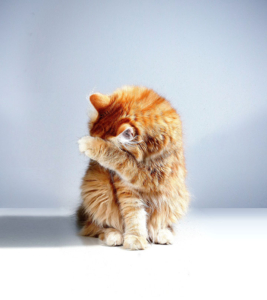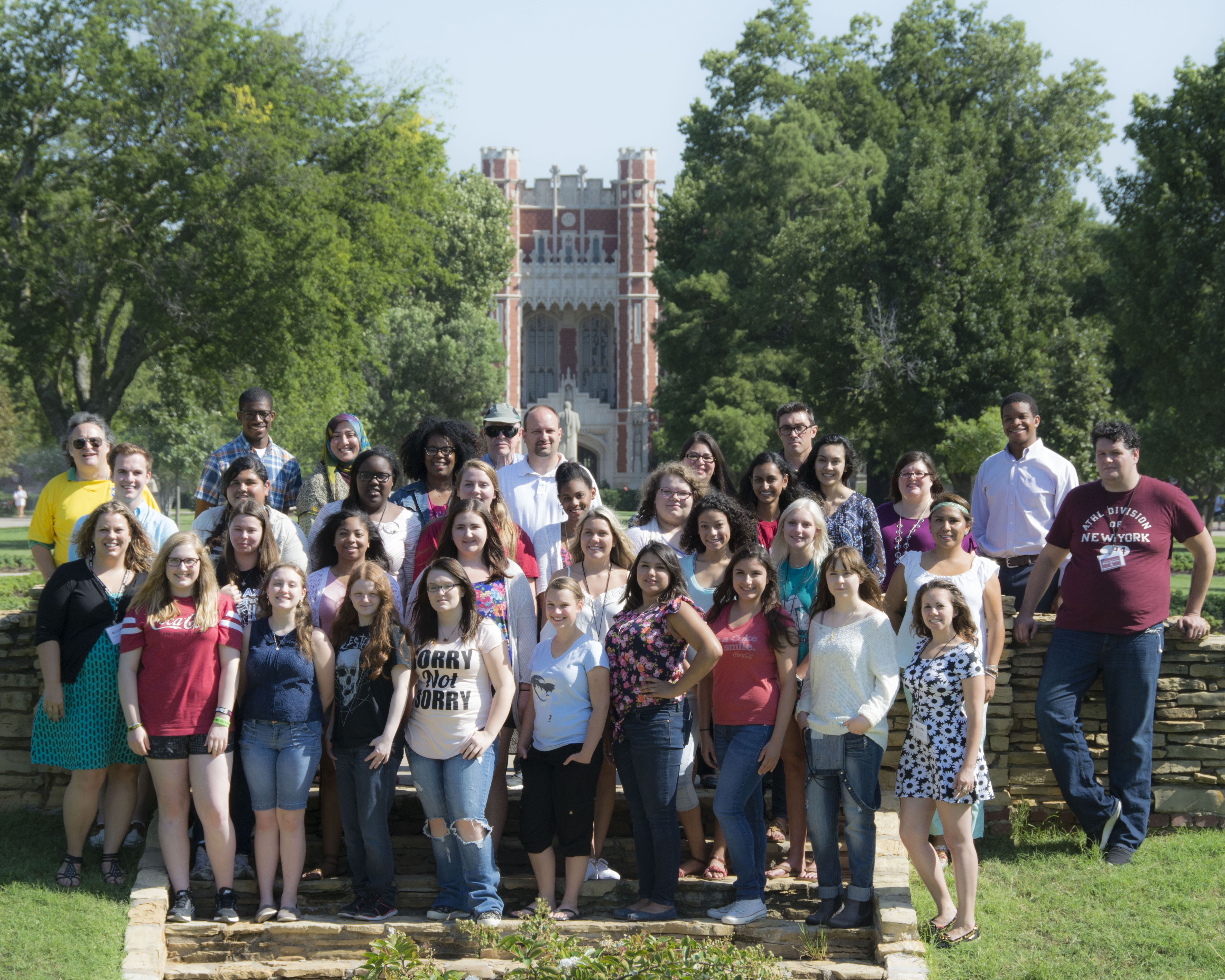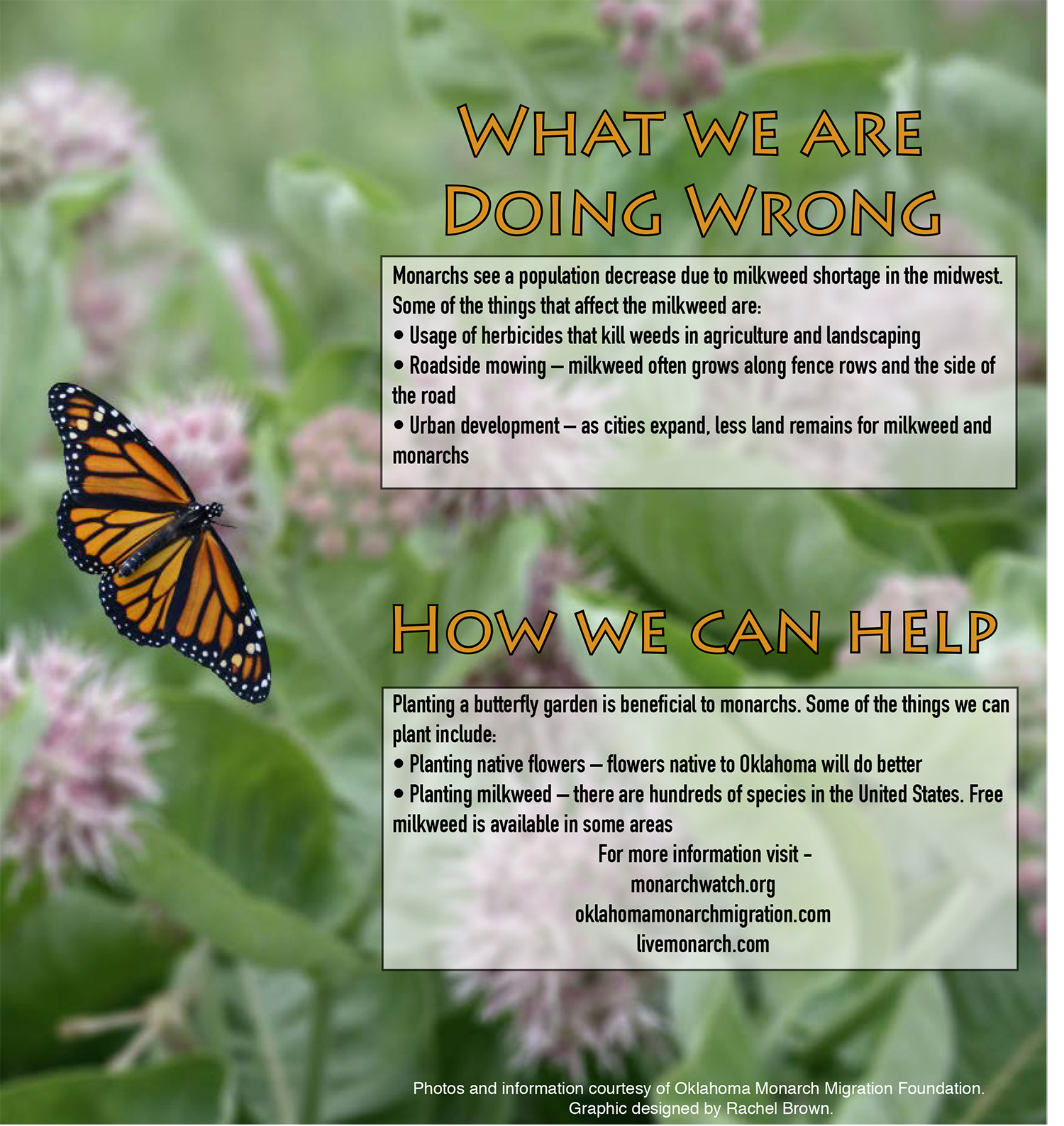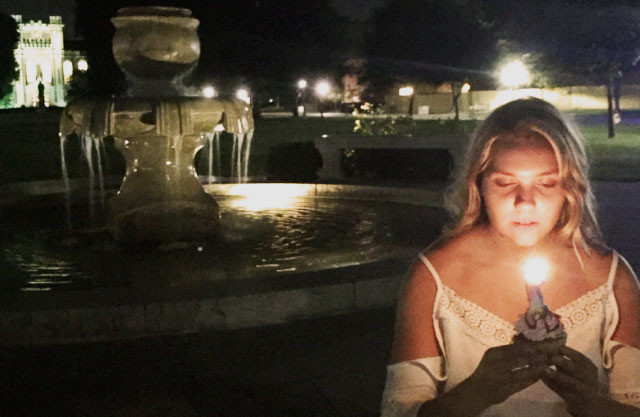The third annual Internet Cat Video Festival will arrive at the Myriad Botanical Gardens in Oklahoma City Saturday, August 1.
 Organizers call it “Caturday.”
Organizers call it “Caturday.”
The festival is one of several touring this summer. Most people pay a fee to see the videos in other cities, but Tinker Federal Credit Union is underwriting it in Oklahoma City, so it is free to the public.
Starting at 7 p.m. there will be pre-festival events, including live music, ice cream and face painting. The videos start at 9 p.m.
According to the Myriad Botanical Gardens website, the festival celebrates “the world’s most aloof and vaguely narcissistic house pet.” Organizers said the festival isn’t about just watching cat videos, rather “it’s about watching cat videos together.”
In August 2012 the Walker Art Center thought up a small activity as part of their summer program on the Open Field adjacent to the building. Word spread rapidly via social media. The event was covered by media from the New York Times to the blog I Can Has CHEEZburger.
The effect of this was 10,000 people watching the Internet Cat Video Festival together. Now, the festival tours the country.
Approximately 2 million cat videos have been shared to YouTube, and have a combined amount of views of over 24.6 billion, making them one of the most popular types of video, according to TheDodo.com.
Cat videos have been around nearly 100 years longer than YouTube. The first ever cat film was created by Thomas Edison in 1894. (Click to view the Library of Congress video here.)
According to TheDodo.com, the first cat video ever posted to YouTube was by Steve Chen and has been viewed less than 26,000 times, but the first ever video to go viral was posted in May 2006 by a user called Sanchey. It has been viewed 16 million times.
The New Republic online wrote that our strange love for cats probably stems from the fact that they have a small uncanny resemblance to human babies. Michael Newall, a philosopher of art at the University of Kent, said they have big eyes smallish noses and dome shaped heads that cause a “super stimulus” effect.





